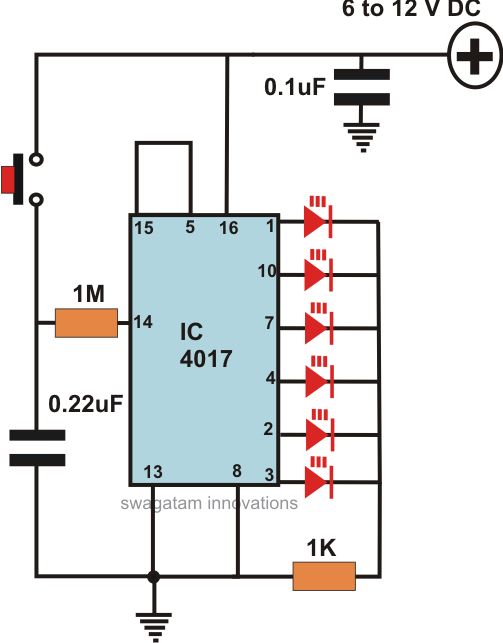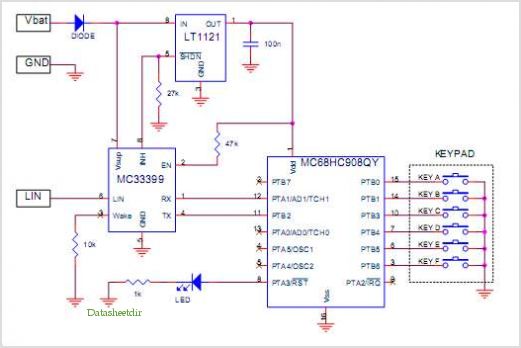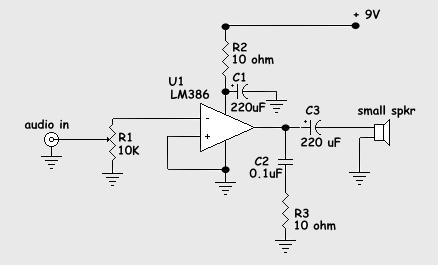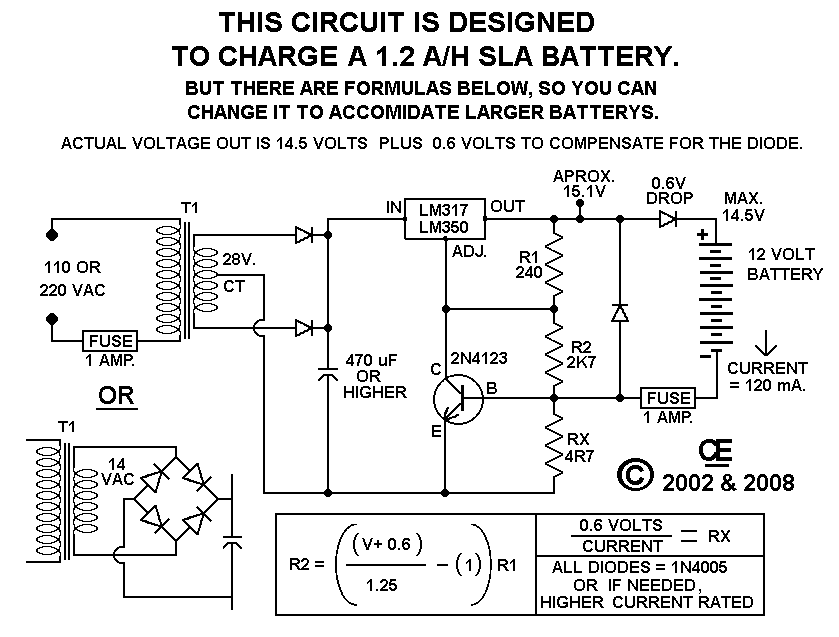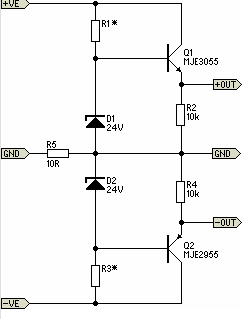
Another simple DC protection
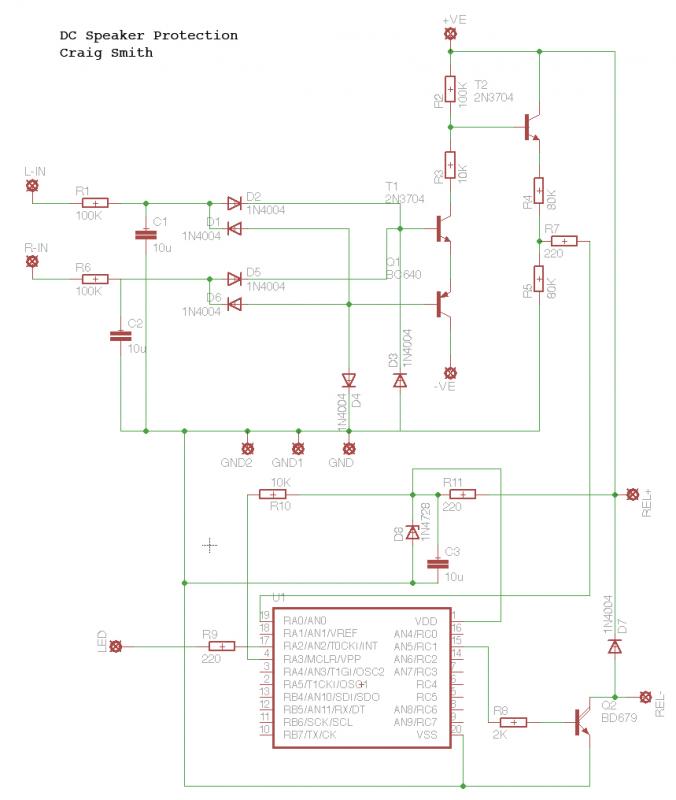
This circuit utilizes schematics from Elliot Sound Products. The left input (L-In) and right input (R-In) are connected directly to the speaker terminals, while the positive and negative voltages are supplied at +25V and -25V from the power supply. Upon detection of DC, transistor Q2 activates, causing a voltage drop of 25 volts across resistors R4 and R5, resulting in a 5V output that can be utilized by the PIC multiprocessor. Additionally, there are two 12V relays with their coils connected in series, powered from Rel+ and Rel-. These relays are designed to interrupt the speaker output. Given the integration of a PIC, it is possible to program any delay into the circuit, and it can also be configured to flash an LED upon detection of DC.
The circuit is designed to monitor the audio output for any DC offset, which can damage speakers. The L-In and R-In inputs receive audio signals directly from the speaker terminals, ensuring that the monitoring occurs at the point of audio output. The power supply provides dual polarity voltages of +25V and -25V, which are essential for the proper operation of the circuit's components, particularly the transistors and relays.
Transistor Q2 plays a critical role in the detection of DC signals. When the circuit senses a DC voltage, Q2 is activated, leading to a significant voltage drop across resistors R4 and R5. This voltage drop is designed to produce a regulated 5V output, which is necessary for powering the PIC multiprocessor. The PIC serves as the central control unit, capable of executing programmed instructions to manage the operation of the relays and LED indicators.
The inclusion of two 12V relays with their coils wired in series allows for a reliable disconnection of the speaker output when DC is detected. The relays are powered from dedicated terminals, Rel+ and Rel-, ensuring that they operate effectively. The choice of relays provides a robust solution for breaking the audio path, preventing potential damage to the speakers.
Furthermore, the programmability of the PIC enables the incorporation of customizable features, such as adjustable delay times before the relays engage or disengage. This flexibility allows for tailored operation based on specific requirements. Additionally, the PIC can control an LED indicator, providing a visual alert when DC detection occurs, enhancing user awareness of the circuit's operational status.
Overall, this circuit effectively combines audio monitoring with protective measures, utilizing modern microcontroller technology to ensure reliable performance and user configurability.I used some schematics from Elliot sound products to help with this circuit. L-In and R-In come straight from the speaker terminals, +ve and -ve are +25 and -25 volts from the power supply. When the circuit detects DC, transistor 2 is turned on and the 25 volts is dropped across R4 and R5 to give 5 volts.
This can then be used by the PIC multiprocessor.
The circuit is designed to monitor the audio output for any DC offset, which can damage speakers. The L-In and R-In inputs receive audio signals directly from the speaker terminals, ensuring that the monitoring occurs at the point of audio output. The power supply provides dual polarity voltages of +25V and -25V, which are essential for the proper operation of the circuit's components, particularly the transistors and relays.
Transistor Q2 plays a critical role in the detection of DC signals. When the circuit senses a DC voltage, Q2 is activated, leading to a significant voltage drop across resistors R4 and R5. This voltage drop is designed to produce a regulated 5V output, which is necessary for powering the PIC multiprocessor. The PIC serves as the central control unit, capable of executing programmed instructions to manage the operation of the relays and LED indicators.
The inclusion of two 12V relays with their coils wired in series allows for a reliable disconnection of the speaker output when DC is detected. The relays are powered from dedicated terminals, Rel+ and Rel-, ensuring that they operate effectively. The choice of relays provides a robust solution for breaking the audio path, preventing potential damage to the speakers.
Furthermore, the programmability of the PIC enables the incorporation of customizable features, such as adjustable delay times before the relays engage or disengage. This flexibility allows for tailored operation based on specific requirements. Additionally, the PIC can control an LED indicator, providing a visual alert when DC detection occurs, enhancing user awareness of the circuit's operational status.
Overall, this circuit effectively combines audio monitoring with protective measures, utilizing modern microcontroller technology to ensure reliable performance and user configurability.I used some schematics from Elliot sound products to help with this circuit. L-In and R-In come straight from the speaker terminals, +ve and -ve are +25 and -25 volts from the power supply. When the circuit detects DC, transistor 2 is turned on and the 25 volts is dropped across R4 and R5 to give 5 volts.
This can then be used by the PIC multiprocessor.
There will be 2 x 12 volt relays with there coils in series fed from Rel+ and Rel-. These will be used to break the speaker output. Obviously, because a PIC is used here, any delay can be programmed into it and it can also flash the LED when the detection is sensed.
🔗 External reference